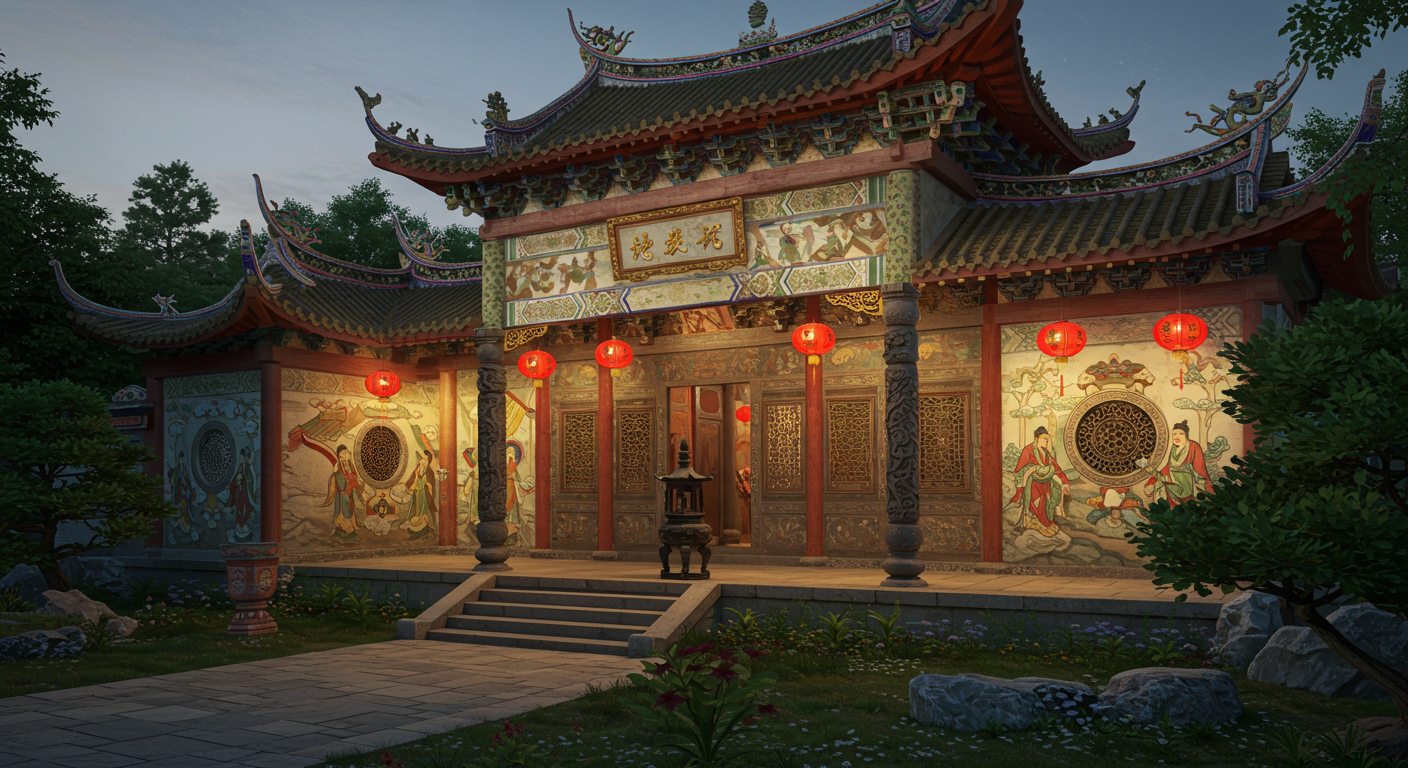China’s Culture and Traditions: A Living Heritage of Ancient Wisdom and Modern Innovation
China is not only one of the world’s oldest civilizations but also one of its most culturally rich and continuously evolving societies. With a heritage stretching back over 5,000 years, Chinese culture is a complex interplay of ancient philosophy, artistic expression, social customs, and dynamic modernity. Understanding this culture reveals the values, beliefs, and behaviors that shape one of the most influential nations on the global stage.
1. Historical and Philosophical Foundations
Chinese culture is deeply rooted in antiquity, shaped by millennia of philosophical and ethical traditions. Three major schools of thought—Confucianism, Taoism, and Buddhism—have profoundly influenced Chinese society:
Confucianism emphasizes respect for elders, social harmony, and moral education.
Taoism advocates balance with nature and the pursuit of spiritual simplicity.
Buddhism, adapted from India, added a rich spiritual dimension to Chinese metaphysics and art.
These traditions continue to guide ethical behavior, family structures, and societal expectations in modern China.
2. Language and Literature
The Chinese language, with its unique logographic script and tonal pronunciation, is central to national identity and cultural continuity. Mandarin Chinese, the official language, is the most widely spoken language in the world.
Chinese literature spans a vast spectrum:
Classical works like the Book of Songs and The Analects of Confucius are pillars of moral and poetic thought.
Imperial-era novels such as Journey to the West and Dream of the Red Chamber are masterpieces of world literature.
Contemporary Chinese literature, reflecting rapid social change, has gained international recognition, with authors like Mo Yan winning the Nobel Prize.
The written word in China is not just a communication tool, but a profound artistic and intellectual expression.
3. Arts and Crafts
China boasts a dazzling array of traditional arts:
Calligraphy: Revered as the highest form of artistic expression, combining writing, painting, and spirituality.
Traditional painting: Often monochrome and nature-themed, reflecting Taoist influence.
Opera: Especially the world-renowned Peking Opera, which combines music, dance, martial arts, and drama.
Craftsmanship: Chinese artisans excel in porcelain, silk weaving, jade carving, and paper cutting—symbols of cultural refinement and technical mastery.
Modern Chinese art, while rooted in tradition, engages with contemporary themes and global aesthetics, bridging East and West.
4. Social Customs and Daily Etiquette
Chinese society places strong emphasis on family unity, respect for elders, and social etiquette. These values are visible in daily interactions, where politeness and modesty are virtues.
Key customs include:
Tea ceremonies, which symbolize respect, hospitality, and spiritual mindfulness.
Festive gatherings, especially during the Chinese New Year and Lantern Festival, which reinforce communal bonds.
Gift-giving and greetings, practiced with subtle rituals reflecting social status and mutual respect.
Such customs not only enrich daily life but also preserve a collective sense of identity and belonging.
5. Religion and Spiritual Thought
While officially secular, Chinese society remains deeply spiritual. The influence of Confucian ethics, Taoist cosmology, and Buddhist introspection persists in both public life and private contemplation.
Religious practices are often syncretic—blending elements from multiple traditions—and closely linked with festivals, ancestral worship, and nature reverence. Temples, shrines, and quiet gardens in urban and rural areas alike serve as reminders of this enduring spiritual heritage.
6. China’s Cultural Influence Abroad
Chinese culture has historically extended far beyond its borders. Through trade routes like the Silk Road, Chinese philosophy, art, cuisine, and political thought reached East Asia, Central Asia, and even parts of Europe and Africa.
Today, Chinese cinema, contemporary music, martial arts (like Kung Fu), and pop culture have global audiences. Initiatives such as Confucius Institutes promote Chinese language and culture around the world, while festivals like the Lunar New Year are celebrated internationally.
China’s cultural legacy has become a global treasure.
7. Contemporary Cultural Transformation
Modern China is a landscape of contrast and convergence. While ancient values remain influential, young generations are embracing innovation and redefining cultural expression.
Key trends include:
Digital culture and social media, reshaping literature, music, and public discourse.
Fashion and design, blending traditional motifs with modern aesthetics.
Creative industries, from tech startups to indie filmmaking, forming a vibrant cultural economy.
Despite modernization and globalization, there is a renewed interest among youth in rediscovering traditional roots—a sign of continuity amidst change.
Conclusion
Chinese culture is a dynamic fusion of ancient traditions and contemporary creativity. It remains a living, evolving force—preserving millennia-old wisdom while adapting to the rhythms of the 21st century. As China continues to influence global culture, its rich heritage and innovative spirit will remain central to shaping not just its own future, but also the cultural future of the world.





No comment